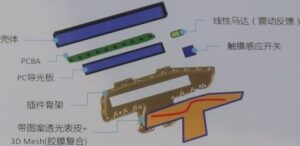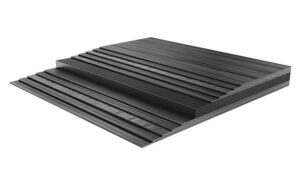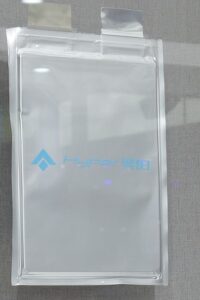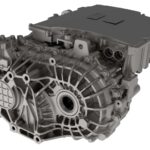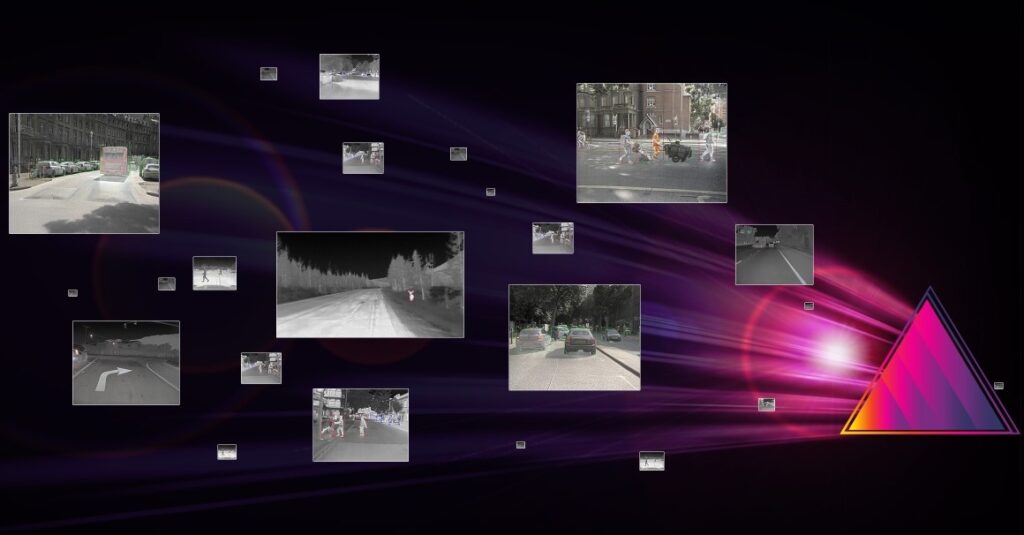
Teledyne FLIR has announced the release of Prism AI, a software framework that provides classification, object detection, and object tracking, enabling perception engineers to quickly start integrating thermal cameras for advanced driver assistance systems (ADAS) and autonomous vehicle (AV) systems. Built for automotive perception system developers, Prism includes features such as visible-and-thermal image fusion and advanced thermal image processing capabilities that provide superior pedestrian and animal detection in challenging lighting conditions.
“The Prism AI software model has performed successfully in third-party, NCAP automatic emergency braking (AEB) tests and will now help perception engineers create more effective systems,” said Michael Walters, vice president product management, Teledyne FLIR. “Combining the Prism AI development tools, plugins, and dataset development offers integrators a route to quickly test and decrease development cost for thermal-enabled ADAS or AV that will help save lives.”
Developers can use Prism AI as the primary perception software or as reference software during in-house development. A suite of Prism AI tools provides simplified data integration with the recently released Teledyne FLIR Conservator™ data lifecycle management software as well as the industry’s largest thermal-and-visible training dataset. Compatible with Teledyne FLIR market-leading thermal cameras including Boson®, Tau® 2, and the FLIR ADK™, Prism AI also includes production-required features including authentication between the thermal camera and the electronic control unit, further simplifying development.
By providing the basis for efficient perception model development, Prism AI can also help lower compute cost for commonly used desktop and embedded processors from NVIDIA, Ambarella, Qualcomm, and more. Paired with the Teledyne FLIR expert technical services team available for integration support, perception engineers from academia to OEMs now have a complete ecosystem to build thermal-enabled ADAS and AV systems.

